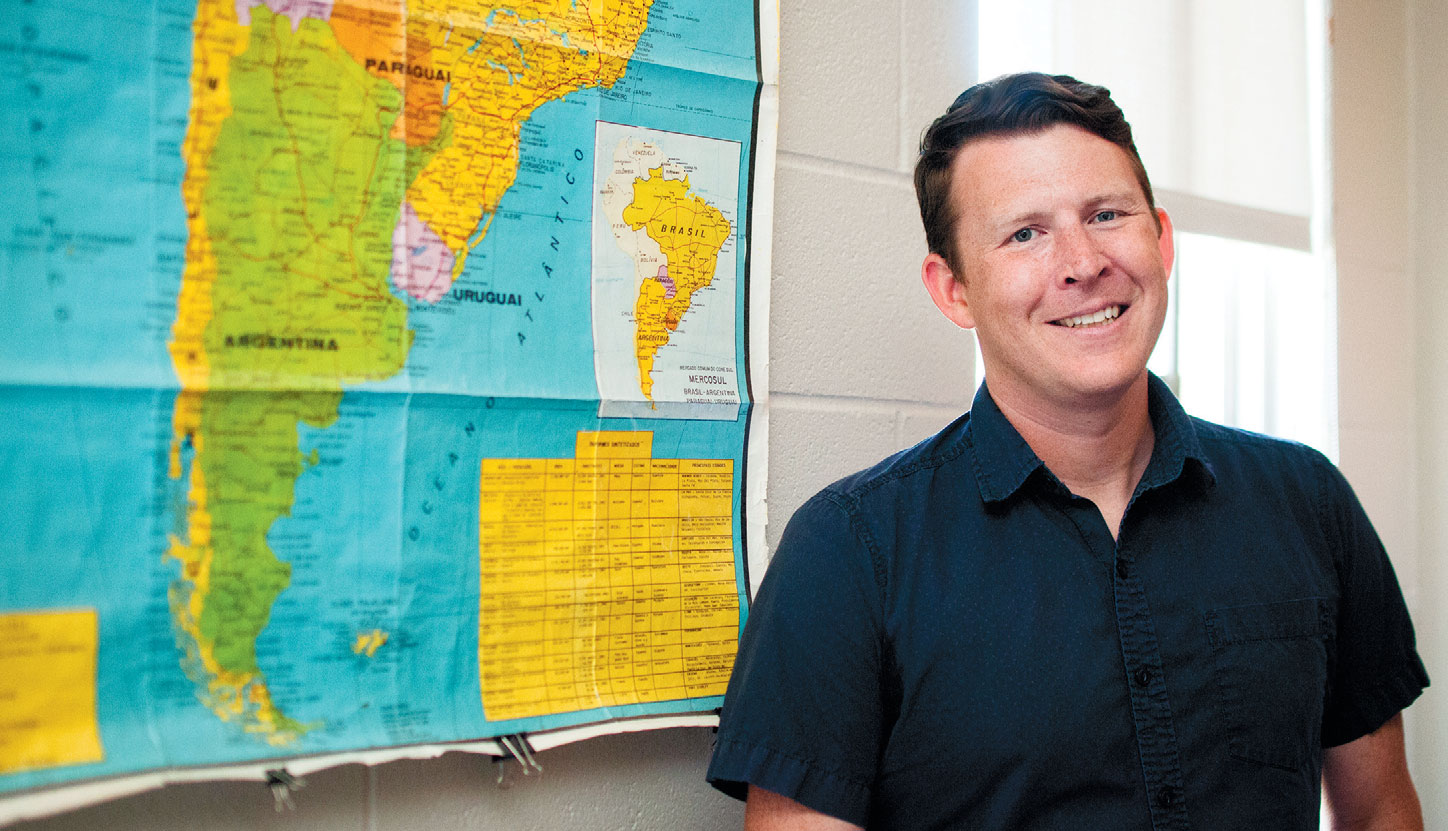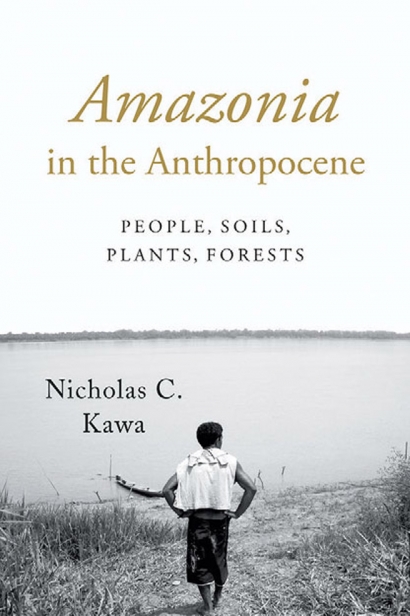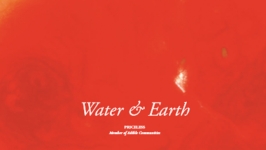From the Amazon to Ohio: A Q&A with Environmental Anthropologist, Nick Kawa
What does organic waste have to do with healthy soil? Assistant Professor at The Ohio State University and a member of Ohio State’s Initiative for Food and Agricultural Transformation (InFACT) Nick Kawa is asking exactly this question, and finding remarkable results. Just as nutritional experts are discovering that human health is dependent on healthy flora in our gut, flourishing soils depend on complex communities of microbes to grow our food. Humanity demonstrates a history of using human waste as fertilization, and Nick is in search of projects stateside and as far away as Amazonia that are innovating uses for biosolids in agriculture to reclaim this resource and create solutions for our changing climate. —CL
Q: From your perspective, what does it mean to be living ecologically and relating to local ecologies?
A: For me, ecology is always about relationships. Oftentimes, I think about our relationships beyond just our human ones—so thinking of our relations to a much broader world. When I started research in the Amazon I was looking largely at soils that people had manipulated over long periods of time, known as Amazonian Dark Earths. I came to recognize how soils are quite literally the foundation of terrestrial life. And that got me thinking: What are the ways they sustain us? What do they demand of us to be able to continually provide in terms of agricultural production? And what do we do with our kitchen scraps and other forms of waste and how can those be useful inputs for local soils?
Amazonian Dark Earths are highly fertile because indigenous peoples had contributed incredible amounts of organic matter over generations and generations of village living. In many contemporary urban settings, however, people don’t have the option of composting, so kitchen scraps are often diverted to a landfill rather than returned directly back to the soil. That was one thing that got me thinking about disruptions of local ecologies and our relationships to soil that are so foundational to life.
Q: What does healthy soil look like from your work as an anthropologist?
A: Healthy soil is soil that sustains an abundance of life. Right now there is a lot of concern about soil health, especially here in the American Midwest where we’ve developed technologies and techniques for producing incredible amounts of corn and soy and other commodity crops but perhaps lost sight of the needs of the soil. A lot of farmers today, however, are starting to notice that the soil is suffering and we’re starting to see that supporting soil microbiota is fundamental to agricultural production and that chemical fertilizers are not enough to sustain that.
In my research in Amazonia, I found that Amazonian Dark Earths were the result of long-term composting and the deposition of a lot of organic matter and charcoal and other forms of waste from kitchens and village fires. Whether it was intentional or not, these practices of Amazonian indigenous peoples produced soils that offered incredible benefits for agricultural production. Some new research shows that the influence of historical management can still be seen in the distinct microbial communities that inhabit those soils today.
This forces us to think about ecology on a different kind of scale, so it’s not just thinking about “Am I getting the crops that I want out of this soil?” But it’s also thinking about the microbial communities that inhabit the land. As one Midwestern farmer told me, “You know, you’ve got to feed the bugs.” You’ve got to make sure you’re also sustaining microbial life in those soils. And if you do so, that will benefit you.
Q: Your current research looks at the use of biosolids for energy production and agricultural fertilization. What are biosolids and why are they an important resource for agriculture?
A: Biosolids is a term that was developed by the EPA, and I think in part to reframe a substance that, for many people, is not particularly attractive— sanitation sludge. After all of our waste gets processed, it [the sludge] is usually incinerated or sent to landfills. But if we look deeper into human history since the origins of agriculture, people have used human waste as a source for fertilization. In Japan and China especially, up until the mid-20th century, they achieved incredible agricultural yields largely based on fertilization using human waste.
Today, there are lots of projects that are developing in this country, and in other parts of this world, to do precisely this. Right now, only 1%, I believe, of the biosolids produced in the United States are used for agriculture. That is starting to change. We have projects here in the state of Ohio in which biosolids are being used for conventional agricultural production and tree farming, and they’re also being used for other benefits as well.
In the city of Columbus, we have a product called Com-Til, which is really just taking people’s yard waste in the city and sanitation sludge and composting it, sending it through a series of different treatments, and yielding a beneficial soil amendment. And just this past week I was working with students on campus and we were using Com-Til for a garden where we’ll produce popcorn, amaranth and sorghum.
I think a lot of people initially hear this and are often disgusted or concerned, but this is a time-tested agricultural amendment that can be of real beneficial use.
Q: As an environmental anthropologist, what do you think is the biggest challenge humanity faces today in its relationship to the land and nature?
A: I think it’s undeniable that we have to contend with this question of global climate change and the roots of climate change. And I think we have to start with little experiments, which can happen at a local scale, whether it be a neighborhood, or a city or a region.
If we look at it as a global problem, it’s really hard for us as individuals to think about how we can make an impact. So what are the things that we can do locally? How can we start to develop broader networks of people with similar concerns and start experimenting with different ways of living that might help us contend with these challenges?
We have to believe we can change the status quo and start developing models of an alternative way of living that can help wean us off fossil fuels and develop a different model of civilization, essentially.
While it’s easy to be pessimistic, there are incredible numbers of opportunities for living better on this planet—forms of living that can be more equitable, more socially just, and also better for the global environment as well as our local ecologies.







